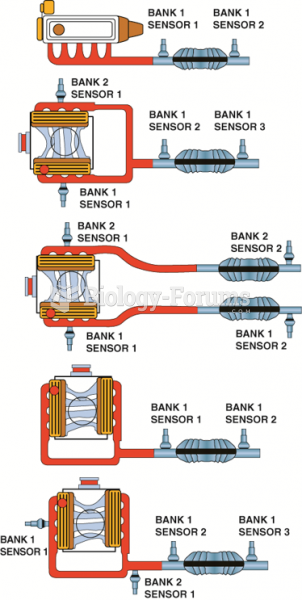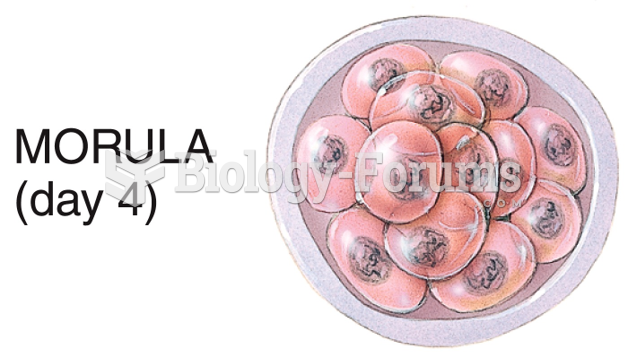Answer to Question 1
ANS: B
Convenience samples are inexpensive, accessible, and usually require less time to acquire than other types of samples.
Cluster sampling, as a type of random sampling, is more time consuming.
Network or snowball sampling yields a small number of subjects each step of the way.
Random sampling is the most difficult sampling technique, oftentimes requiring a lot of time and effort and to generate the sample.
Answer to Question 2
ANS: C
To use a table of random numbers, the researcher places a pencil or finger on the table with the eyes closed. That number is the starting place. In this case we are told the pencil landed on the second column from the left, third row down, which means the pencil landed on 19. We are told the decision is to move to the right on the table, so the number to the right of 19 is 63, then 93, and so on.
According to the instructions, this set of numbers is incorrect. Thirteen is not in the second column, third row starting position. To use a table of random numbers, the researcher places a pencil or finger on the table with the eyes closed. That number is the starting place. In this case we are told the pencil landed on the second column from the left, third row down, which means the pencil landed on 19. We are told the decision is to move to the right on the table, so the number to the right of 19 is 63, then 93, and so on.
According to the instructions, this set of numbers is incorrect. Although this set of numbers begins correctly, the next number is not 38. The row would have had the instruction to use the ninth column, fourth row, and move to the left. To use a table of random numbers, the researcher places a pencil or finger on the table with the eyes closed. That number is the starting place. In this case we are told the pencil landed on the second column from the left, third row down, which means the pencil landed on 19. We are told the decision is to move to the right on the table, so the number to the right of 19 is 63, then 93, and so on.
According to the instructions, this set of numbers is incorrect. Thirty-three is not in the second column, third row starting position. To use a table of random numbers, the researcher places a pencil or finger on the table with the eyes closed. That number is the starting place. In this case we are told the pencil landed on the second column from the left, third row down, which means the pencil landed on 19. We are told the decision is to move to the right on the table, so the number to the right of 19 is 63, then 93, and so on.







